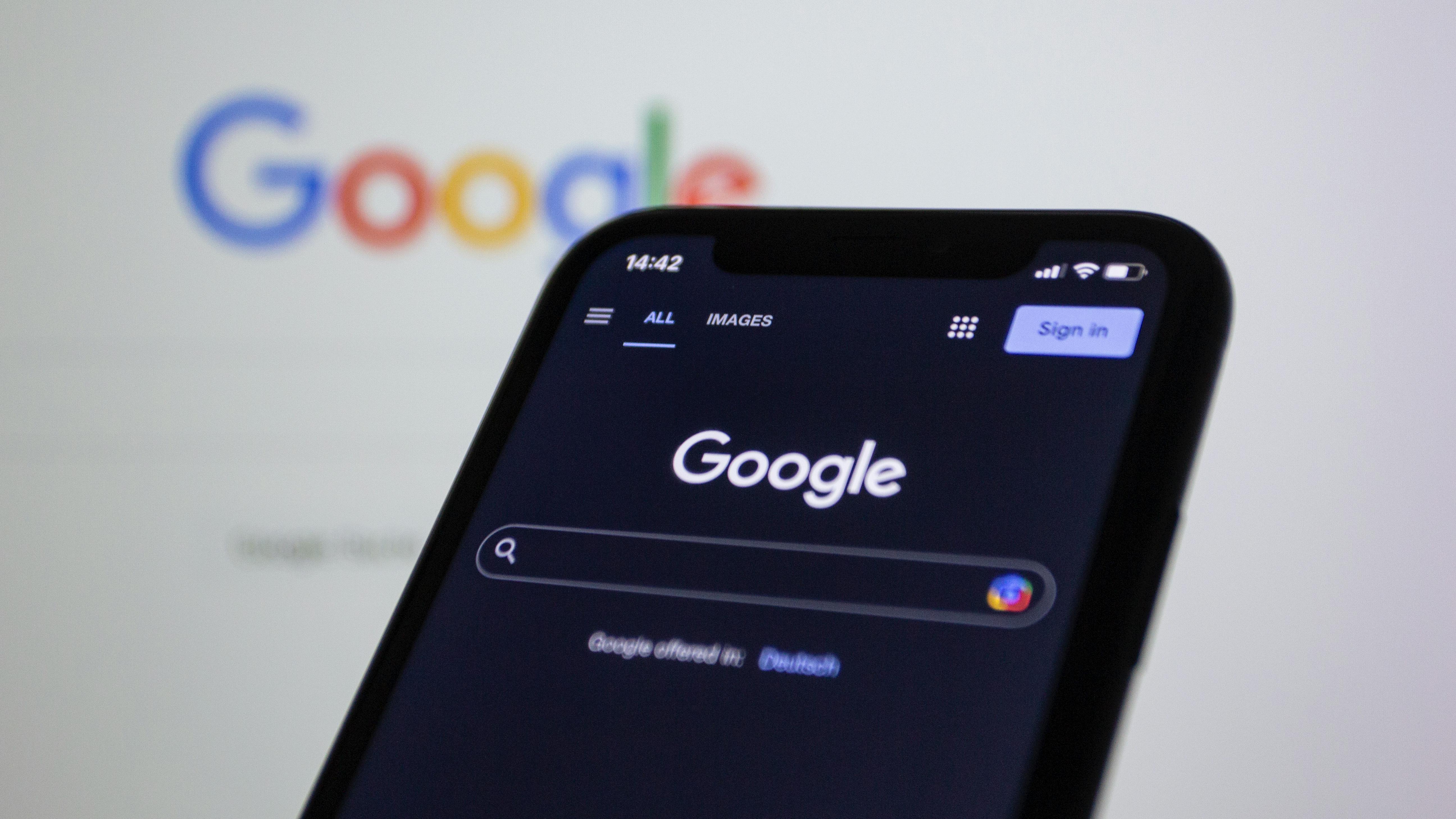Unlocking the Power of Push Notifications: A Comprehensive Guide
Explore Push Notifications
written by:
Asawari P
In today's digitally driven world, staying connected with your audience is paramount. Push notifications have emerged as a powerful tool for businesses to engage, inform, and market to their users. From increasing engagement to enhancing security measures, push notifications have become indispensable for modern businesses. In this blog post, we'll delve into the various uses of push notifications, how companies leverage them to boost engagement and marketing efforts, as well as considerations for security and potential risks associated with their usage.
Uses for Push Notifications:
Push notifications serve a variety of purposes, ranging from delivering timely updates to fostering user engagement. Some common uses include:
-
Information Updates: Push notifications are an effective way to deliver real-time updates, such as news alerts, sports scores, or weather forecasts, keeping users informed and engaged.
-
Reminders and Alerts: They can be utilized to send reminders for appointments, events, or deadlines, ensuring users stay on track with their schedules.
-
Transactional Notifications: Businesses can send notifications to confirm transactions, shipping updates, or delivery statuses, enhancing transparency and customer satisfaction.
-
Promotional Messages: Push notifications can be employed to deliver promotional offers, discounts, and personalized recommendations, driving sales and revenue generation.
-
Engagement and Retention: By sending targeted messages based on user behavior and preferences, companies can increase user engagement and retention rates, fostering long-term relationships with their audience.
How Companies Use Push Notifications to Increase Engagement:
Companies employ various strategies to leverage push notifications effectively and boost user engagement:
-
Personalization: Tailoring notifications based on user preferences, behavior, and location ensures relevance, thereby increasing the likelihood of user interaction.
-
Timing Optimization: Sending notifications at optimal times when users are most likely to be active can significantly improve engagement rates.
-
A/B Testing: Experimenting with different message formats, content, and timing through A/B testing helps identify the most effective strategies for engagement.
-
Segmentation: Segmenting users based on demographics, interests, or past interactions allows companies to send targeted notifications, maximizing their impact.
-
Rich Media Content: Incorporating images, videos, or interactive elements into notifications enhances their appeal and encourages user interaction.
How They Use It for Marketing:
Push notifications are a valuable tool for marketing campaigns, enabling companies to:
-
Promote Products and Services: Sending targeted promotional messages or exclusive offers can drive traffic to websites or apps and boost sales.
-
Abandoned Cart Recovery: Reminding users about abandoned carts and offering incentives or discounts can help recover potentially lost sales.
-
Event Promotion: Notifying users about upcoming events, sales, or product launches creates anticipation and encourages participation.
-
Feedback and Surveys: Seeking user feedback or conducting surveys through push notifications provides valuable insights for product improvement and customer satisfaction.
-
Cross-Selling and Upselling: Recommending related products or upgrades based on previous purchases can increase average order value and customer lifetime value.
How They Use It for Security:
In addition to engagement and marketing, push notifications play a crucial role in enhancing security measures:
-
Two-Factor Authentication (2FA): Utilizing push notifications as part of 2FA adds an extra layer of security by verifying user identity during login attempts.
-
Security Alerts: Sending alerts about suspicious account activities or unauthorized access helps users detect and prevent security breaches promptly.
-
Password Reset Requests: Sending push notifications to verify password reset requests helps prevent unauthorized access to user accounts.
-
Transaction Verification: Notifying users about account transactions in real-time allows them to verify the legitimacy of the activity and detect potential fraud.
-
Emergency Alerts: In cases of emergencies or critical incidents, push notifications can be used to disseminate important information and instructions to users swiftly.
Risks of Using Push Notifications:
While push notifications offer numerous benefits, there are also potential risks to consider:
-
Overwhelming Users: Excessive or irrelevant notifications can lead to user annoyance or frustration, resulting in opt-outs or app uninstalls.
-
Privacy Concerns: Collecting and using personal data for targeted notifications raises privacy concerns, necessitating transparent data handling practices.
-
Security Vulnerabilities: Malicious actors may exploit vulnerabilities in push notification systems to deliver spam, phishing attempts, or malware.
-
Opt-Out Fatigue: Continuously bombarding users with opt-in requests or notifications can lead to opt-out fatigue, diminishing the effectiveness of future communications.
-
Platform Limitations: Different platforms (e.g., iOS, Android) have varying limitations and guidelines for push notifications, requiring careful consideration to ensure compliance and effectiveness.
In conclusion, push notifications are a powerful tool for businesses to engage, inform, and market to their audience effectively. By adopting best practices, such as personalization, timing optimization, and security measures, companies can maximize the benefits of push notifications while mitigating associated risks. Striking the right balance between engagement, marketing, and security is key to harnessing the full potential of push notifications in today's digital landscape.
Hypi's low code backend has in built function to send push notifications to various devices. In the subsequent post, we will see how to send push notifications using Hypi's low code backend.







